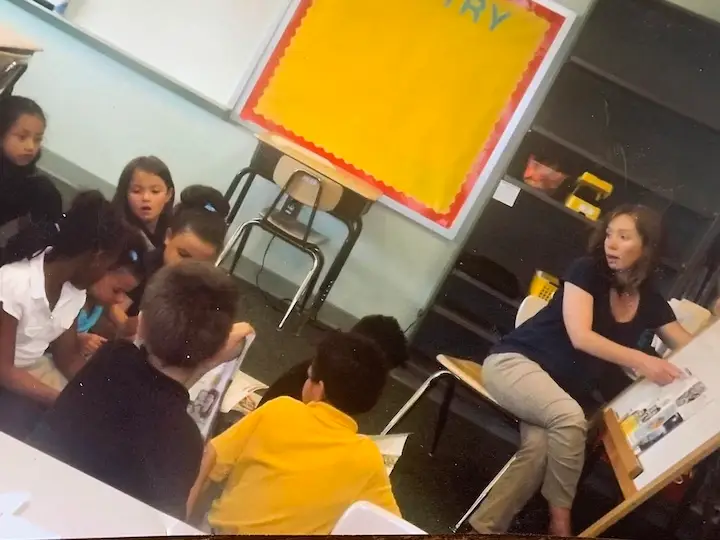New research on the effectiveness of federal K-12 policies is part of national effort to improve testing and accountability mandates
In 2009, I was a third grade teacher. I remember preparing for my annual evaluation with my principal, which included an observation of my classroom, my weekly lesson plans, and my students’ end-of-year test scores.
I was a new teacher, but I felt fairly confident that the meeting would go well. My class data showed my students were progressing toward grade level. However, my evaluation ultimately revealed that many of my students were not yet grade-level proficient.
This data baffled me. I had followed the strategies I learned in my teacher training. I had used the district curriculum. I had aligned my classroom management strategies with the school’s approach. However, no one had told me that I would need to tailor the tools and techniques I had learned in teacher training to meet the individual needs of my students and families.
Over the past 20 years, the federal government has tied educational accountability and performance to student testing outcomes. American teachers have grown increasingly frustrated by the disconnect between teaching, student engagement, and test scores. A new U.S. Chamber of Commerce Foundation report, authored by Dan Goldhaber and Michael DeArmond of the CALDER Center, was released this month, and summarizes the best research on the positive and negative consequences of these policies on schools and student progress. A companion report, authored by Brightbeam, highlights the experiences of educators, families and policymakers who lived through the effects of policies like No Child Left Behind and the Every Student Succeeds Act. Together, they explore what worked, what didn’t, and what we still need to investigate about federal education policies to inform the next era of school accountability.
Both reports can be found on the U.S. Chamber of Commerce Foundation website.
The academic review supports what many educators, including myself, observed over time: Collecting and reporting disaggregated outcome data by student subgroups such as race, income and disability unmasked low performance and many hidden individual needs. Many of those scores had been previously hidden by the average scores of students in the majority, who were usually white and not low-income. When these subgroups received more attention as a result of these revelations, their scores started to improve in many cases. However, stringent teacher evaluation measures and school turnaround mandates that also resulted from those policies often failed to spur performance gains, in part because they were implemented inconsistently.
The authors recommend that we learn from the unintended consequences of NCLB and policies like Race to the Top. They urge us to steer clear of the political traps that keep us from talking about meaningful ways to measure student growth and school improvement, and to consider system changes that could better engage students while also remaining accountable to taxpayers.
As a part of the working group convened by the U.S. Chamber of Commerce Foundation, the Center on Reinventing Public Education provided input to the report – my own experiences as a teacher are echoed in the voices of others. These reports are part of the Chamber of Commerce Foundation’s Future of Data in K-12 Education initiative, which convenes a diverse group of stakeholders to learn from the past and ultimately offer informed recommendations for data, assessment, and accountability policies that spur progress instead of punishment and confusion. The Future of Data in K-12 Education Initiative will continue equipping policymakers and state leaders with information and recommendations about the future of K-12 accountability.
We at CRPE support this goal and are pursuing parallel work through the Evidence Project, which tracks data and research around pandemic recovery efforts and their effectiveness. Our researchers are also pushing state leaders and advocates to keep students and families at the center of efforts to address learning delays, and to be diligent about tracking which methods are the most effective. Our 2022 State of the American Student report urges states and communities to set ambitious and measurable post-pandemic recovery goals for both academics and student well-being.
This report provides insightful analysis and recommendations for a forward-looking approach to accountability in public education. With this review and analysis, we are better equipped to continue discussing better approaches to improving K-12 accountability and ensuring all students have access to high-quality education that prepares them for a successful future.




